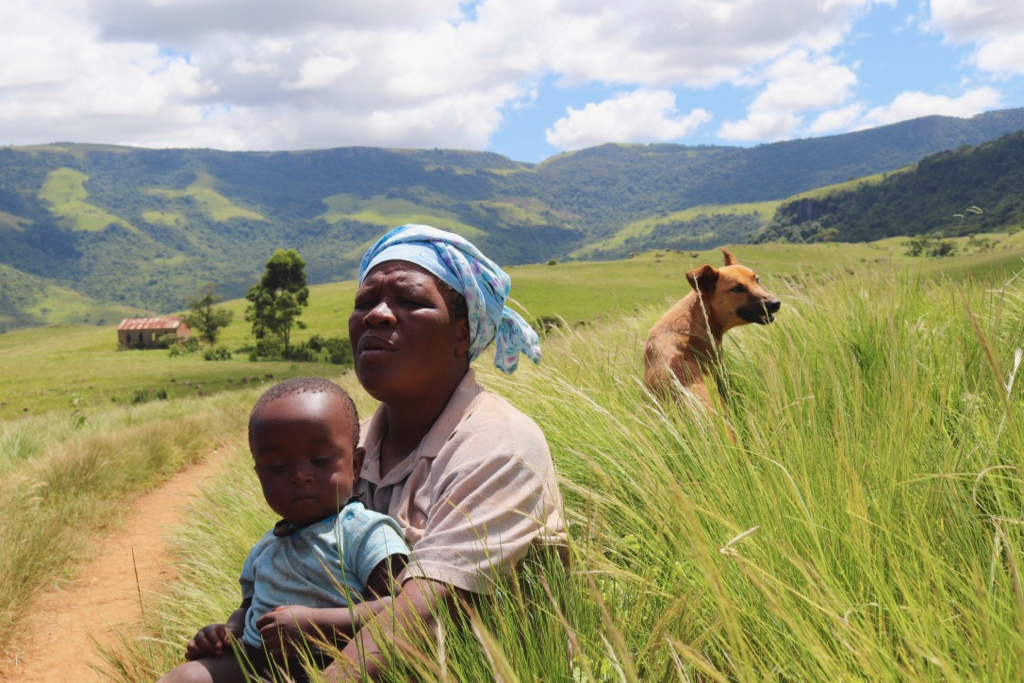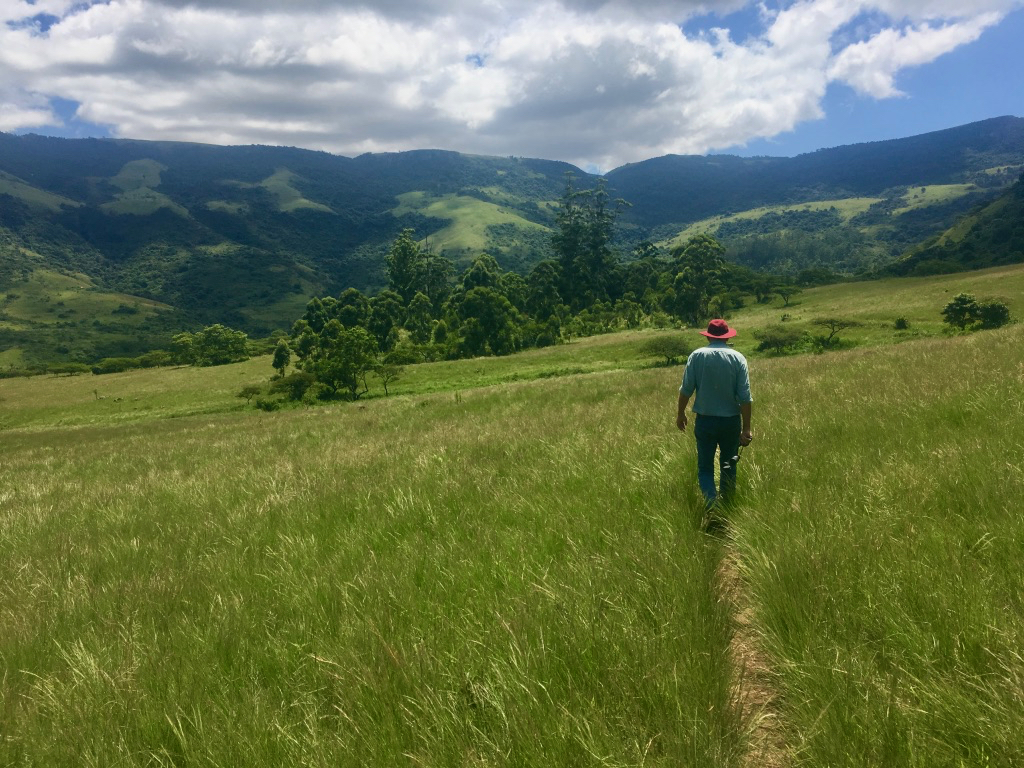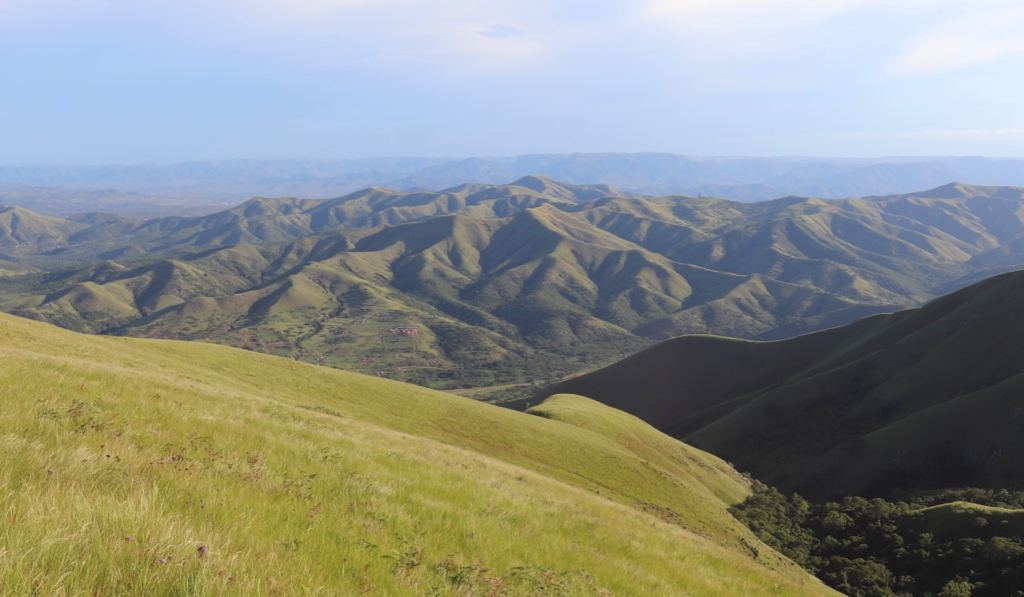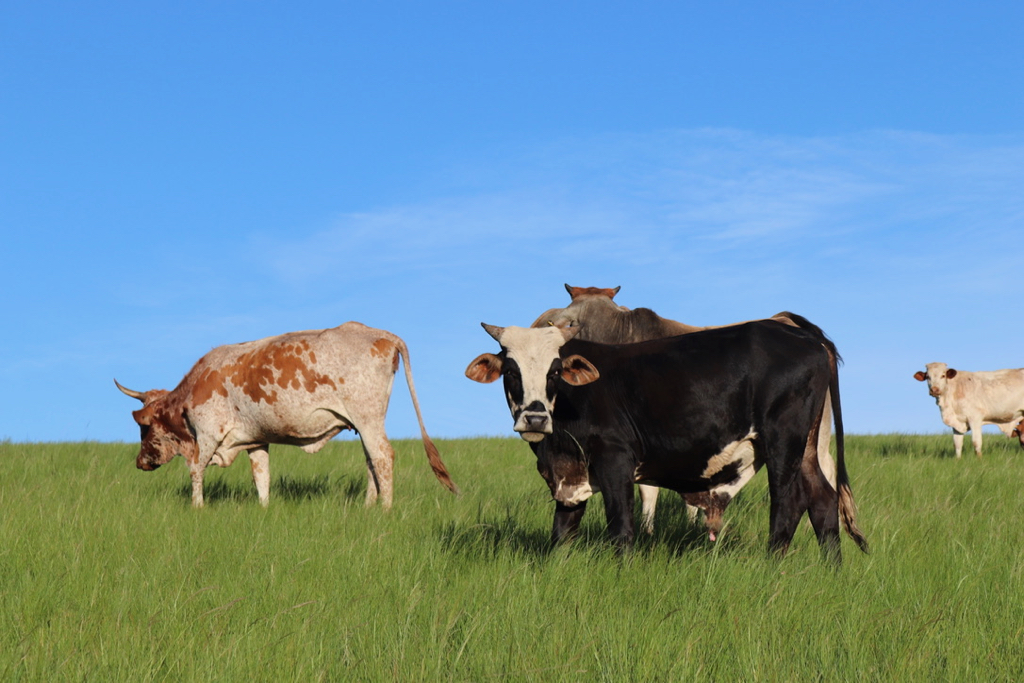“These hills are grass-covered and rolling, and they are lovely beyond any singing of it,”
Alan Paton’s words played in my head as I looked up at the green velvet mountains densely embroidered with dark forests.
We’d taken a journey back in time, returning to visit our grandparents farm, Belworth (aka Glenmarvel), situated near the Qudeni Forest, in the far outreaches of Zululand. The family had farmed the land under the British colonial regime in South Africa from when it was bought after the Zulu War in the late 1800’s, until it was expropriated and given to the Ingonyama Trust under the control of the Zulu King in 1956.
Having grown up listening to stories of the family crossing Tugela Drift in an ox wagon and surviving like pioneers because of the farm’s remoteness, I needed to explore the legend and I found a willing and intrepid co-explorer in my cousin Glynis.
We connected with family friend Hugh Lee, who farmed sugar cane and gum plantations on his farm Brocklee outside Eshowe and had been a longstanding MP for the IFP in the area. He knew Zululand and all the communities intimately and was fluent in Zulu, so we accepted his offer to take us into the far flung hills of the Nkandla and Qudeni districts, with alacrity. He enlisted his gonzo historian and geologist pal Roger, who at the age of 73 still liked skinny dipping and could tell a yarn or six about Zulu conspiracies and battles from Shaka’s warring and love life, to the Bambani rebellion and Cetshwayo’s downfall.
We met up at Brocklee farm and headed out to the Nkandla and Kranskop districts. After a mandatory whistle stop tour of notorious ex-President Zuma’s ‘Nkandla’ compound that isn’t actually in Nkandla village but at Mthungela and is actually far more expansive beyond the fire pool than reports suggest, we hit the back dirt roads winding past ubiquitous kraals, cattle, goats, rondavels and occasional beehive huts, following the Tugela river into the hills.
Past Jameson’s Drift, with the knob of Kranskop marking the horizon, we left the Tugela river and took a winding road up to our first sweeping view of the Qudeni mountain range. The landscape was timeless, and although the omnipresent cattle had eroded the landscape in many of the lower valleys, the hills were verdant after good summer rains.
Roger took us under the skin of the countryside, explaining geological faults and ancient sea beds, interspersed with the horror of Cetshwayo’s bloody betrayal, escape, death and burial.
Cetshwayo kaMpande (1826 –1884) was king of the Zulu Kingdom from 1873 to 1879 and its leader during the Anglo-Zulu War of 1879. He led the Zulu nation to victory against the British in the Battle of Isandlwana. Later, differences between Cetshwayo and rival chiefs erupted into a blood feud, and he was attacked at his kraal in Ulundi and badly wounded. He escaped to the Nkandla forest and then Eshowe, where he died.
The family farm lay directly below the highest mountain peak in Zululand (1770m) in the Nkandla district, and is surrounded by one of the biggest forests in Kwazulu Natal (The Qudeni forest is 25km3). The property’s horseshoe shape curved into the valley and across a deep gorge at the base of the Qudeni range. With its steep slopes the farm was almost inaccessible in wet weather, and it wasn’t unusual for vehicles to be pulled out of the mud by teams of oxen.
We arrived in dust to the sound of singing – a gathering at the local induna’s kraal (chief’s property) adjoining the farm, saw women cooking and men drinking beer and discussing life’s problems under the trees.
Mbatha, a middle aged man whose father had recently died, told us he remembered Grandpa iTissiman, calling him by his nicknames ‘Pele Pele’ (Pepper) and ‘Dambuza’ (The man with the shuffling gait). Having grown up in the kraal next to the homestead, his father had worked for Grandpa for many years.
 We were warmly welcomed by the local community who wanted to encourage tourism to the area as a means of job creation and suggested we take up their cause. Their reaction was a relief – we still owned our memories, but we were now the interlopers.
We were warmly welcomed by the local community who wanted to encourage tourism to the area as a means of job creation and suggested we take up their cause. Their reaction was a relief – we still owned our memories, but we were now the interlopers.

I stood still looking up across the valley ringed by the Qudeni mountains, suddenly too aware that 75 years before, my mom had been here as a young beautiful woman hiking and riding across the fields with her sisters Joan and Peg and her brother Rob. Now at 93, my mom was too frail to journey back and her siblings had passed away.
We chose to walk the land, traipsing across the hillside in search of our grandparents’ derelict farmhouse. Brambles, blackjacks and thorn trees grasped at us as we picked through overgrown thickets that surrounded the site overlooking the gorge. A few half-baked bricks, a fireplace, the remnants of a foundation of a water tank, a piece of granite and the crumbling remains of a concrete slab, measured the memory of a family homestead.
 “We stayed in an old farmhouse when we first arrived on the farm – the floors were mud covered with linoleum and the ceiling was made of calico cloth, with a thatch roof,” the dwelling lived on intact in my mom’s mind.
“We stayed in an old farmhouse when we first arrived on the farm – the floors were mud covered with linoleum and the ceiling was made of calico cloth, with a thatch roof,” the dwelling lived on intact in my mom’s mind.
“After that Dad built the new house, making the bricks himself using clay off the farm and baking them in a kiln he constructed. The floors and ceilings were made out of beautiful yellowwood from the forest,” she continued.
I stood sweating in the humid heat, my scratched legs itching, imagining ticks and snakes, listening to the baboons barking in the distance, and gazed across the gorge to a clump of gum trees on the far hill, seeing our parents on the grassy plains and in the forested valleys.
“I climbed down the gorge with your grandfather when I was a little girl – it was very steep, but at the bottom the forest was beautiful and there were big waterfalls – otters lived in the river and there were purple flowers everywhere,” my mom recalled.
Looking at the impermanence of the shadows of ruins, my grandparents’ hard work and dreams, life on the farm seemed fleeting.

After the farm was expropriated, my grandfather left to farm in Izotsha, and my uncle Rob administered the land for the Trust for a few years. The Qudeni area falls within the Tugela faultline and in the 1960s, a tremor rocked the area extensively, damaging the farmhouse to the extent it had to be demolished.
My mom remembered the off-the-grid, organic lifestyle on the farm: “The pigs were given the skim milk – we didn’t drink skim milk. Mom separated the cream in the dairy first. The pigs were beautifully fat and roamed freely. The last two I remember were Tarbarton and Brigitte – we would feed them Zulu mottos (Zulu sweets with messages written on them) We used to go and call them saying, “Dance Brigette, dance Tarbarton and they would hop from leg to the other, these big fat pigs – it was so funny and they were so clever.
“Dad cured his own ham in a smoker he made from a half tank and they would burn mealie (corn) cobbs in it to smoke the meat – and believe me that ham and bacon was delicious.
“We had lots of chickens – they were free-range with nests all over the farm, and we had plenty of eggs. Grandpa even had a little coffee tree and a hand grinder for the beans, so they lived quite independently.”
Covered in blackjacks and burrs, we sat on the tailgate of the twincab, digesting egg sandwiches and coming to terms with the sensory overload.
It was overwhelming – the vast, lush beauty of rural Zululand juxtaposed against erosion from the weight of cattle and a lack of development for the communities that scratched out a barely sustainable existence, children playing soccer in fields, living without technology and herding animals, women always working, immaculately swept litter-free kraals, decorated huts that spoke of pride of ownership, and designer patterned Nguni cattle with majestic horns. Dusty but good roads, taxis and trucks that drove with complete disregard for barriers, blind rises and oncoming traffic. Wonderful passing friendships with Shembe preachers, conversations with young hopeful men desperate for a job and chattering women in their finest going to social meetings, as we lifted endless hitchhikers en-route.
Finding a brass bell from the HMS Terrible hanging incongruently in a tree at the All Saints Church, Vumahlamvu. The HMS Terrible was a British ship used to bring out guns that contributed to the lifting of the Boer Seige of Ladysmith in February 1900, which coincidentally my grandmother and her family had been trapped in.
Driving cross-country to see remote Zulu hero kraals and gravesites, and discovering hidden valleys of thousands of hills and plunging gorges.


 It was a parallel underexplored universe, that we had barely scratched the surface of. It’s part of Zululand that is still largely ignored by tourism, and it is more authentic and rich than the more accessible, slightly Disneyfied kraals and curio shops seen on the main drag of the tourist routes.
It was a parallel underexplored universe, that we had barely scratched the surface of. It’s part of Zululand that is still largely ignored by tourism, and it is more authentic and rich than the more accessible, slightly Disneyfied kraals and curio shops seen on the main drag of the tourist routes.
As such it’s complicated to explore and requires a knowledgeable guide. The land is currently under dispute again as the current government is moving to repeal the Ingonyama Trust Act, which would see the land the trust controls return from tribal leaders to state ownership for redistribution. However, whether the land stays in the trust or is sold, carefully managed tourism in the area, could preserve the integrity of the land and bring much needed revenue to the people.
For more information about visiting the area: The Nkandla district is in north-eastern KwaZulu-Natal, stretching from Eshowe in the south (a 90-minute drive from Durban) towards Melmoth in the north, Kranskop in the West and Mashishi in the east. For more information contact Zululand/Eshowe Tourism, 27(0)35 473 3474, ronelh@umlalazi.org.za, or tour guide Hugh Lee, +27 (0)83 265 7140, hughreneelee@gmail.com.
Brocklee Farm stays and personalised tours: Accommodation is provided in Hugh and Renee Lee’s comfortable farmhouse, which is set in an immaculate garden filled with indigenous trees. Enjoy lovely home-cooked meals by Renee. There is also a grassy, treed campsite beside a lapa at a large dam stocked with bass. Energetic souls can go mountain biking, hiking or trail running through the farm’s forests and plantations. +27 (0)83 265 7140, hughreneelee@gmail.com. Roger Gaisford also offers historical and geological tours: +27 (0)74, 915 5851




























Leave a comment